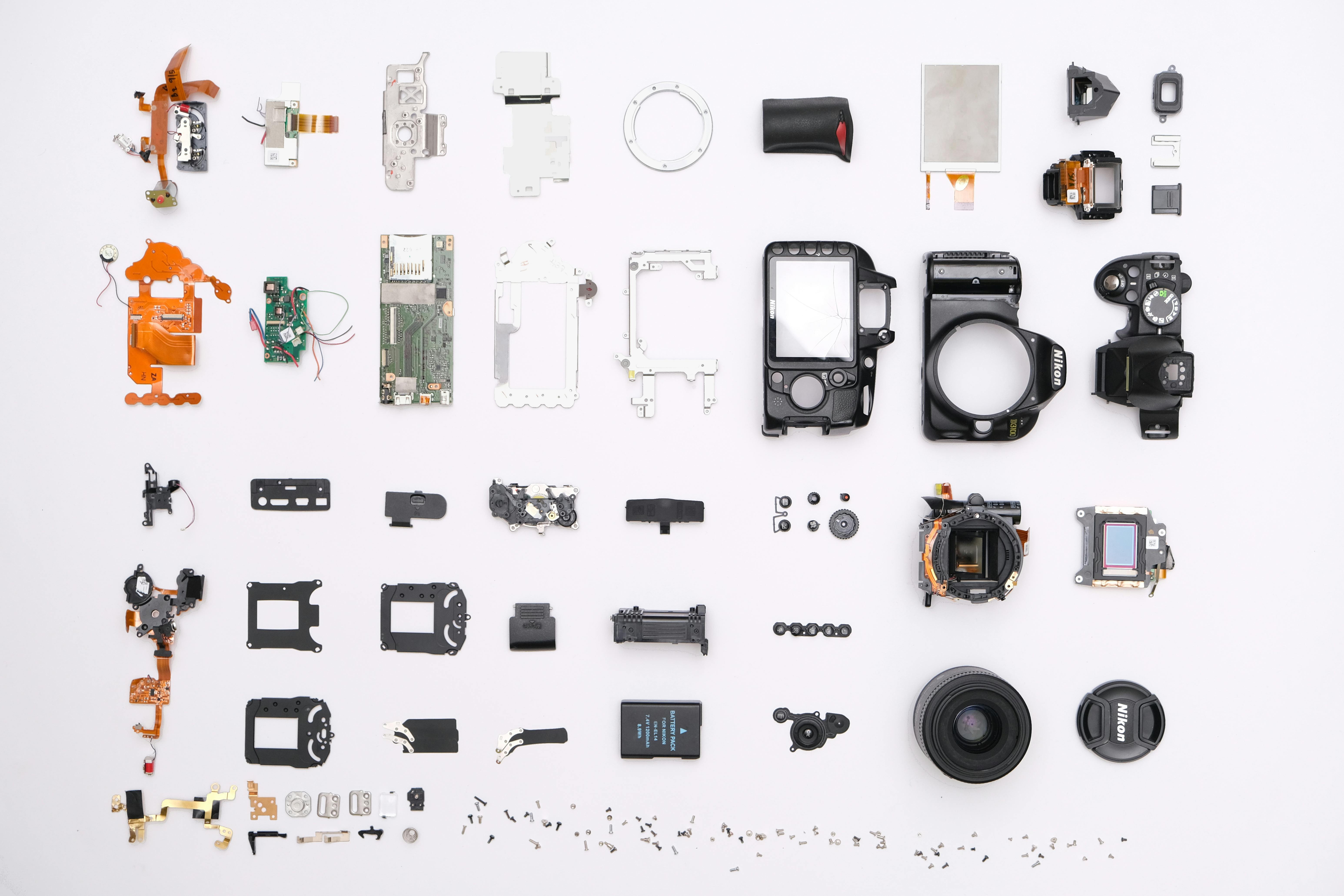Manufacturing Must Be Automated
Why Automation Is Becoming a Regulatory Expectation in Medical Device Manufacturing
In the past, automation in medical device manufacturing was often viewed as a productivity enhancement. Today, regulators increasingly see it as essential. They're not just asking for documented procedures, they’re looking for evidence of quality built into the system itself. Automation is emerging as the clearest way to demonstrate that.
1. Manual Processes Still Introduce Variability
Even well-structured manual procedures are prone to human error. Fatigue, oversight, and variability are hard to eliminate and dangerous in an industry where patient safety is paramount.


Regulatory frameworks like ISO13485 and international standards like FDA 21 CFR Part 820 (Quality System Regulation) emphasize risk management and consistency, promoting prevention over reactive correction.
ISO 13485 fundamentally requires an effective Quality Management System (QMS), encouraging documentation, traceability, and continual compliance.

"How many parts? How many variations?"
2. Automation Enables Built-In Compliance
Automated systems provide system-level safeguards that are inherently compliant as they include error-proofing and consistent execution.


Compliance automation, also known as compliance-by-design, utilises tech to manage and enforce quality with fewer manual steps.
Features like consistency in process execution and instant error-prevention mechanisms turn compliance into a built-in capability, not an afterthought.
3. Regulatory Expectations Are Evolving
As automation becomes accessible and affordable, regulators may come to question why it’s not being used.


The FDA is actively modernising its regulatory framework to align with international QMS standards and promote system-level quality controls, and the UK’s MHRA is also following suit.
Compliance expectations are shifting from simply having documented procedures to evidencing systemic controls and demonstrating proactive risk prevention.
4. Design for Automation Enhances Compliance from Day One
Automation isn't just part of manufacturing, it’s influencing how devices are conceived and designed.


Design for Automation (DfA) embeds regulatory requirements (like FDA, ISO 13485, EU MDR) into product design, ensuring smooth transitions from development to scale.
By integrating automation, traceability, and validation from the start, manufacturers not only reduce risk, they build audit-ready systems seamlessly.
5. ISO 13485: Where Automation Becomes More Than an Advantage
ISO 13485 is theinternationally recognized standard for medical device quality managementsystems (QMS). At its core, it requires manufacturers to:



Demonstrate consistent, repeatable processes
Maintain full traceability of materials, production, and design changes.
Ensure risk management and error prevention are integrated across the product lifecycle.
In practice, this means every batch, every component, and every step of production must be documented and verifiable. Traditional manual methods (spreadsheets, paper logs, operator sign-offs) simply introduce too much variability and risk. This is where automation aligns perfectly with ISO 13485:



Process Validation (Clause 7.5.6) → Automated systems validate parameters in real-time, ensuring outputs meet pre-defined acceptance criteria.
Traceability (Clause 7.5.9.2) → Automation integrates barcoding, digital audit trails, and ERP/QMS links, providing instant access to device history records.
Corrective & Preventive Action (CAPA, Clause 8.5.2 & 8.5.3) → Automated error-proofing prevents issues at source, reducing CAPA events, while digital monitoring flags anomalies before escalation.

Documentation & Records (Clause 4.2.5) → Automation generates tamper-proof records automatically, reducing human oversight errors and strengthening audit readiness.
The Takeaway
Automation in medical device manufacturing is evolving from a competitive advantage to an evident regulatory expectation. It ensures consistency, enables real-time auditability, and aligns with modern regulatory frameworks that favour built-in quality.
When regulators ask you why you're not using automation - will you be ready with a compelling answer?
ISO 13485 doesn’t explicitly say “you must automate.” But by requiring error-proofing, traceability, validation, and audit-ready documentation, it’s increasingly hard to comply without automation.
Forward-thinking manufacturers are already proving that automation isn’t just cost-saving, it’s a regulatory shield that keeps them competitive and inspection-ready. Poka-Yoke Ltd are automation specialists.